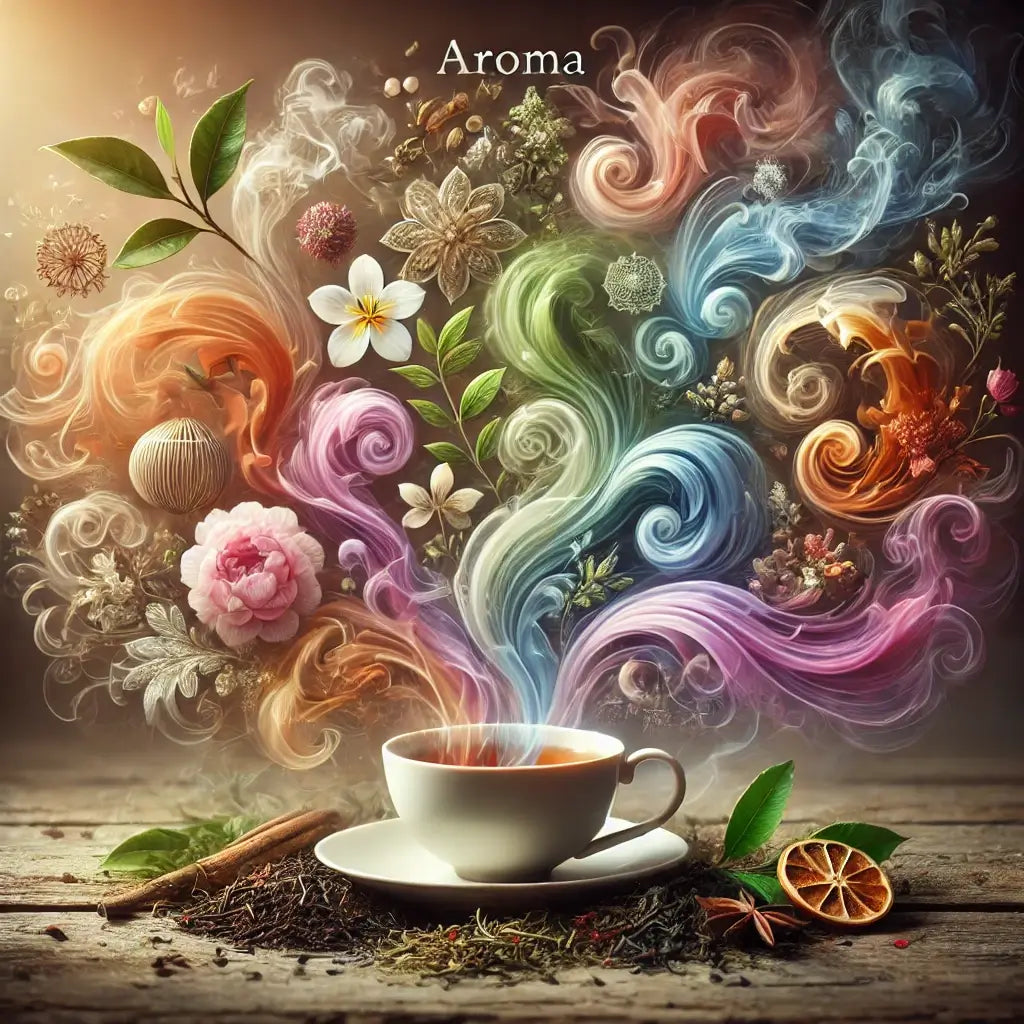Your tea has no smell (aroma)
You've just brewed your favorite tea, but something's missing - that wonderful aroma that usually greets you. The absence of tea fragrance can be quite disappointing, especially when you're looking forward to that perfect cup to start your day or unwind in the evening.
The Science of Tea Aroma
Tea aroma is created by hundreds of volatile organic compounds (VOCs) that contribute to its complex bouquet. These compounds include:
- Polyphenols: Responsible for the fresh, crisp scent in green teas
- Theaflavins: Create the malty, rich aroma in black teas
- Amino Acids: Contribute to the umami and sweet aromas
- Essential Oils: Provide floral and fruity notes
Up to 40% of what we perceive as taste actually comes from smell. When your tea lacks aroma, you're missing out on nearly half of its potential flavor experience!
Common Reasons Your Tea Has No Smell
Age-Related Issues
Tea leaves begin losing their aromatic compounds as soon as they're processed. Over time, exposure to air causes oxidation, leading to:
- Degradation of essential oils
- Loss of volatile compounds
- Chemical changes in polyphenols
Environmental Factors
Several environmental conditions can affect tea aroma:
- Humidity levels above 65%
- Temperature fluctuations
- UV light exposure
- Air pollution
Processing and Handling Issues
Modern tea processing and distribution can impact aroma through:
- Extended storage in warehouses
- Transportation conditions
- Packaging materials
- Retail display practices
Storage Problems
Proper tea storage is crucial for maintaining aroma. Here's a detailed look at common storage mistakes and their solutions:
Critical Storage Mistakes
- Transparent Containers: UV light degrades tea compounds
- Kitchen Cabinet Storage: Absorbs cooking odors
- Refrigeration: Causes condensation
- Plastic Containers: Can leach chemicals
Ideal Storage Solutions
- Opaque Containers: Ceramic or metallic
- Temperature Control: 20-25°C (68-77°F)
- Humidity Control: 45-60%
- Air-Tight Seals: Double-lidded preferred
Water Temperature Matters
The relationship between water temperature and tea aroma is complex and crucial for optimal brewing. Here's your comprehensive guide:
Temperature Guide by Tea Type
-
Green Tea: 160-180°F (70-82°C)
Too hot will create bitterness -
White Tea: 170-185°F (76-85°C)
Preserves delicate floral notes -
Oolong Tea: 180-190°F (82-88°C)
Releases complex aromatics -
Black Tea: 200-212°F (93-100°C)
Fully extracts robust flavors
Temperature Impact on Aroma
Different compounds are released at specific temperatures:
- 160°F: Amino acids release
- 180°F: Essential oils activate
- 200°F: Tannins fully extract
Conclusion
Understanding why your tea has no smell is the first step toward enjoying the full sensory experience of your favorite beverage. Remember these key points:
- Store tea properly in airtight, opaque containers
- Pay attention to water temperature for each tea type
- Check tea freshness regularly
- Buy tea in appropriate quantities for your consumption
- Consider seasonal changes in storage conditions
"The aroma of tea is the gateway to its soul. When properly preserved and brewed, each cup tells the story of its journey from leaf to cup." - Tea Master Zhang Wei

Classic Ruby Black Tea
Experience a strong woody flavor with distinct toasted bread notes. This exceptional tea offers a perfect balance of sweet and acidic flavors, delivering a complex and satisfying taste.
Amazing Black Tea full of Aroma



